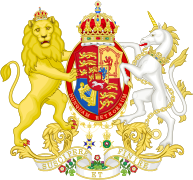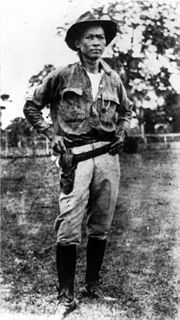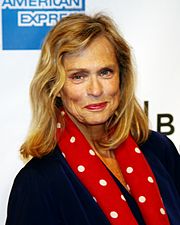Design
Design
Personality
Chart Properties
Your Cross represents the specific theme of your life. This cross embodies your unique potential & the lessons you're here to learn, providing a roadmap to fulfilling your life purpose.
We use the UTC birth time and date to do the calculations required to generate your Human Design chart.
Buy Tokens
Pay as you use, no expiry and no subscription required.Prompt Ideas
Get inspired with some epic prompt ideas.Roeli Roelfsema's Biography
Successful and popular Dutch sporter, surgeon and gynaecologist, who was murdered during Operation Silbertanne for giving medical help to Dutch resistance fighters, Germans as well Jews.
Roelfsema was born in a wealthy family. He followed the HBS and studied medicine in Leiden (1924-31). He was an active and outgoing person. He was a member of Leiden’s winning rowing team Njord (Njörðr) and Dutch skating teams. He enjoyed mountaineering without guide in Zermatt and finished five times the Frisian Elfstedentocht. He also played amateur football in Den Haag (HVV) and Meppel.
In 1937 he dissertated in Leiden with “De achalasie van de cardia en haar behandeling” under WF. Suermondt, dealing with the treatment of “achalasia” of the lower esophageal sphincter, a sphincter that is unable to relax resulting in dysphagia and regurgitation of food.
In April 1936 he became a surgeon in the Protestant Diaconessenhuis in Meppel, that became one of the most modern Dutch hospitals during the following years. He worked as a surgeon and gynaecologist and later specialised in neurosurgery.
During WW2, he became an early victim of the Silbertanne killings that were set up by the German intelligence service Sicherheitsdienst (SD).
As a genuine medical doctor, he had treated according to the Hippocratic Oath “legal” German occupants as well as “illegal” outcasts like wounded Dutch resistance fighters, English pilots and hiding Jews. He also prescribed illegal medical declarations to keep the refugees out of sight of their Nazi hunters. But he did not hide his political opinions..
In the late evening of 28 September 1943, he was at his home at the Leonard Springer lane in Meppel (now called the Doctor E.J. Roelfsemalaan) picked up by two men mimicking to be police officers that said they wanted to interrogate him about his treatment of an from a hospital in Groningen escaped resistance fighter.
According to the after his death born son Roeli Roelfsema, he was warned before and was advised to hide, but he refused to go underground as his patients needed him, including the German soldiers in his 60 beds ward. Roeli said that his father, stimulated by his grandfather, always wanted to test the limits and somehow believed nobody could hurt him.
The next day his body was found in a ditch with a bullet in the head. The Death certificate mentioned found death (“overleden bevonden”) at 07h15, but presumably the murder must have been that night before.
That same day Jan Dijkstra (24 February 1890 4 AM, Sonnega – 29 September 1943, Meppel), a popular garage owner and the head of the school Arend Boldewijn (22 September 1891 7 PM, Staphorst – 29 September 1943, Staphorst), were killed. The last victim of the series of killing by death squads was Johannes Gijsbertus Böcker (2 October 1909 7 AM, Oosterbeek – 25 September 1944, Groningen), chaplain at the Saint Francis church of Groningen.
On 10 April 1944, the widow Hilde Roelfsema- Van Rossum adopted a son called Roeli, receiving the nickname of his father. Roeli Roelfsema was interviewed years later and said that nor his mother nor his father were aware of the unexpected pregnancy during their shared life.
Link to Dutch Wikipedia
Roeli Roelfsema
Your Cross represents the specific theme of your life. This cross embodies your unique potential & the lessons you're here to learn, providing a roadmap to fulfilling your life purpose.
We use the UTC birth time and date to do the calculations required to generate your Human Design chart.







